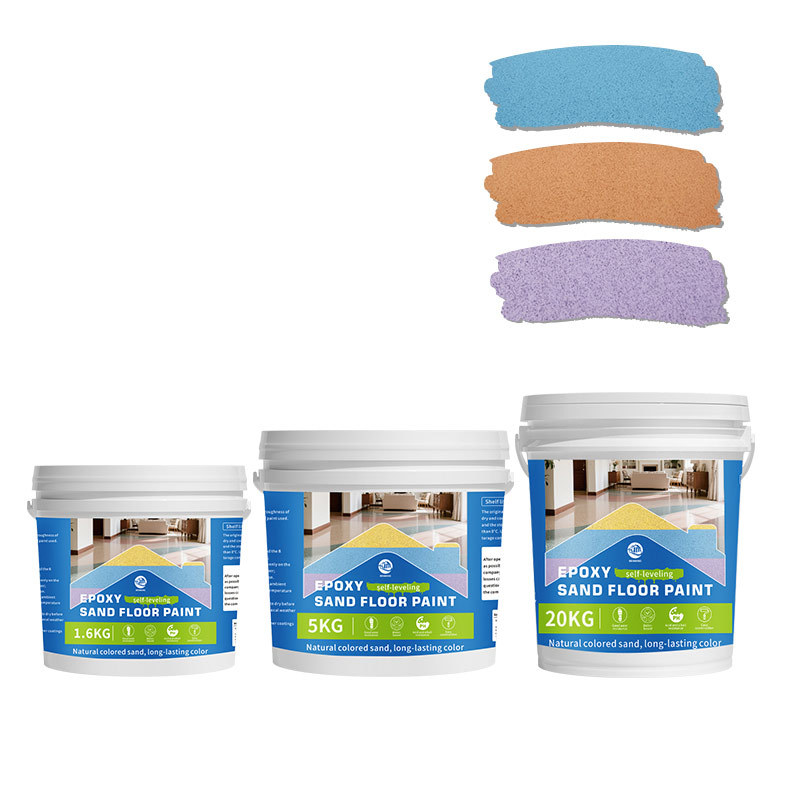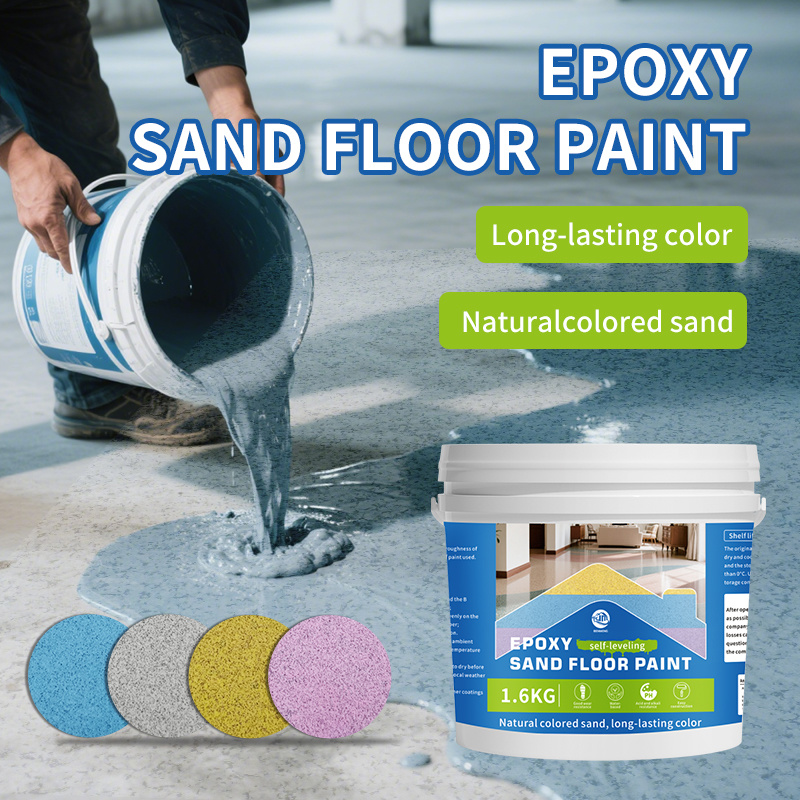Understanding Odorless Rust Converters: A Comprehensive Guide for Professionals
Aug 15,2025
Rust is a common issue that can significantly impact the durability and aesthetic appeal of various metal surfaces. Traditional rust treatment methods often involve harsh chemicals that emit strong odors, making them less favorable in confined spaces or environments where air quality is a concern. This is where odorless rust converters come into play, offering a safer, more pleasant alternative for rust management.
Odorless rust converters work through a chemical reaction that transforms rust (iron oxide) into a stable, black protective barrier. This process not only mitigates the effects of existing rust but also provides a prime surface for subsequent painting or coating. The absence of strong odors means that these products can be applied in a variety of environments without the need for extensive ventilation, making them particularly suitable for indoor use or in areas with sensitive personnel.
One of the key advantages of odorless rust converters is their ease of application. They typically come in ready-to-use formulations that can be applied with a brush, roller, or spray, depending on the specific requirements of the project. This versatility allows professionals to choose the most suitable method for their application, ensuring effective coverage and maximum protection against rust.
Moreover, odorless rust converters often have excellent adhesion properties, ensuring that the protective layer formed is durable and long-lasting. This characteristic is crucial when considering the long-term performance of coatings applied over treated surfaces. As a result, using an odorless rust converter not only addresses immediate rust issues but also contributes to the longevity of the overall protective system.
In addition to their protective qualities, many modern odorless rust converters are formulated to be environmentally friendly, aligning with the industry's shift toward sustainable practices. These products often contain fewer volatile organic compounds (VOCs), minimizing their impact on air quality and making them safer for both users and the environment.
When selecting an odorless rust converter, professionals should consider factors such as the specific type of metal being treated, the extent of rust damage, and compatibility with future coatings. Understanding these elements will help ensure that the chosen product meets the unique demands of each project.
In conclusion, odorless rust converters are a valuable tool in the arsenal of professionals dealing with rust management. Their efficiency, ease of use, and environmentally friendly formulations make them an attractive choice for a wide range of applications. By incorporating these products into their workflows, professionals can enhance the durability and appearance of metal surfaces while maintaining a safe and pleasant working environment.
Odorless rust converters work through a chemical reaction that transforms rust (iron oxide) into a stable, black protective barrier. This process not only mitigates the effects of existing rust but also provides a prime surface for subsequent painting or coating. The absence of strong odors means that these products can be applied in a variety of environments without the need for extensive ventilation, making them particularly suitable for indoor use or in areas with sensitive personnel.
One of the key advantages of odorless rust converters is their ease of application. They typically come in ready-to-use formulations that can be applied with a brush, roller, or spray, depending on the specific requirements of the project. This versatility allows professionals to choose the most suitable method for their application, ensuring effective coverage and maximum protection against rust.
Moreover, odorless rust converters often have excellent adhesion properties, ensuring that the protective layer formed is durable and long-lasting. This characteristic is crucial when considering the long-term performance of coatings applied over treated surfaces. As a result, using an odorless rust converter not only addresses immediate rust issues but also contributes to the longevity of the overall protective system.
In addition to their protective qualities, many modern odorless rust converters are formulated to be environmentally friendly, aligning with the industry's shift toward sustainable practices. These products often contain fewer volatile organic compounds (VOCs), minimizing their impact on air quality and making them safer for both users and the environment.
When selecting an odorless rust converter, professionals should consider factors such as the specific type of metal being treated, the extent of rust damage, and compatibility with future coatings. Understanding these elements will help ensure that the chosen product meets the unique demands of each project.
In conclusion, odorless rust converters are a valuable tool in the arsenal of professionals dealing with rust management. Their efficiency, ease of use, and environmentally friendly formulations make them an attractive choice for a wide range of applications. By incorporating these products into their workflows, professionals can enhance the durability and appearance of metal surfaces while maintaining a safe and pleasant working environment.
Keyword:
Latest News







